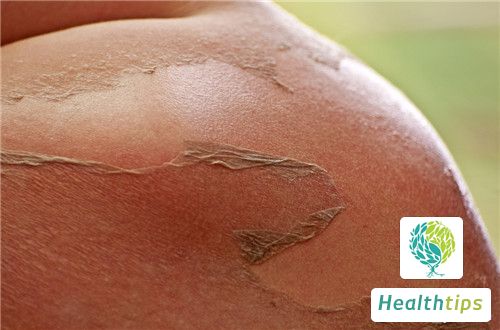What are the Benefits and Effects of Maltese Greens?
Purslane, commonly known as "ma'er cai" among the people, is a relatively common vegetable. It resembles the shape of horse's teeth and is mainly distributed in temperate and tropical regions. It is rich in nutrients such as malic acid, iron, phosphorus, calcium, and others. This plant exhibits remarkable vitality and can be used for both medicinal and edible purposes. One of the notable benefits of purslane is its ability to effectively inhibit the absorption of cholesterol in the body, thereby lowering cholesterol levels.

Purslane contains a significant amount of dihydroethylamine, malic acid, glucose, and other nutrients. Its omega-3 fatty acid content is higher than other plants. Omega-3 fatty acids are crucial substances that can inhibit the absorption of cholesterol in the body, reduce cholesterol concentrations, improve vascular elasticity, and prevent certain cardiovascular diseases.
Purslane can be consumed both raw and cooked. Its stems are relatively soft and can be prepared similarly to spinach. If you are not accustomed to the taste of purslane stems, it is recommended to use them sparingly at first. The leaves of purslane can also be used in various dishes, such as soups, stews, sauces, and mayonnaise. Additionally, purslane pairs well with radishes and potatoes, enhancing the overall flavor of the dish.
Purslane possesses rich medicinal properties, and its value has been recorded in ancient medical texts. According to the "Tibetan Herbal Medicine," purslane can be used to treat diseases such as diarrhea with blood and mucus, as well as externally for the treatment of abscesses, boils, and insect or snake bites. The "Yunnan Herbal Medicine" mentions its use in treating dizziness and blurred vision. Furthermore, the "Dai Herbal Medicine" documents its effectiveness in treating headaches, tuberculosis, and knife wounds.
By understanding the nutritional, edible, and medicinal values of purslane, we can appreciate its versatility and benefits. This common vegetable offers a wealth of nutrients and medicinal properties. Regular consumption of purslane can help prevent and treat various cardiovascular diseases, and it is especially beneficial for individuals with high cholesterol levels. While purslane is often used in stir-fries, it can also be consumed raw, offering a refreshing and healthy alternative depending on personal preferences.



















